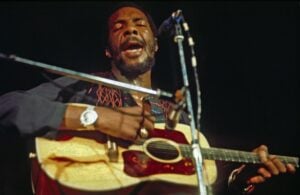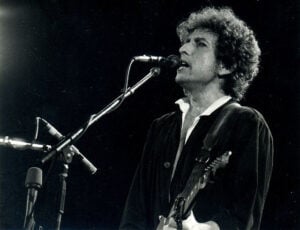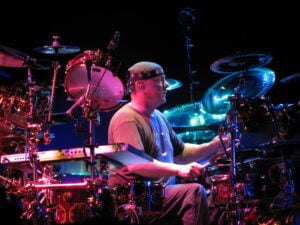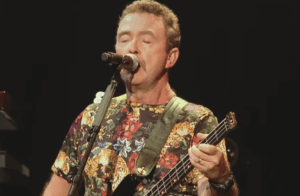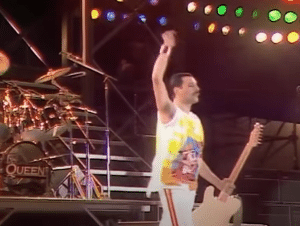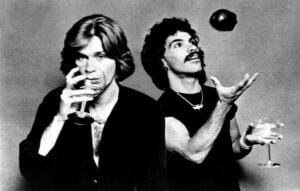7 One-Hit Wonders of the 60s That Still Get Radio Play

via tokenvideos / YouTube
The 1960s produced countless hits, but not every artist managed to sustain a long career. Some acts left their mark with just one unforgettable song that continues to live on decades later. These one-hit wonders may have been brief flashes in the music world, but their tracks remain timeless.
“96 Tears” by ? and the Mysterians
Released in 1966, “96 Tears” quickly became a garage rock anthem. The song’s minimalist organ riff and raw energy helped it climb to the top of the charts, cementing its place in music history. The track’s mysterious frontman, Question Mark, added to its mystique.
Though the band failed to replicate its success, “96 Tears” influenced future punk and rock acts. Its edgy simplicity keeps it on classic rock playlists to this day. Fans continue to celebrate the song for its unique sound and rebellious spirit.
“Sugar Shack” by Jimmy Gilmer and The Fireballs
In 1963, “Sugar Shack” dominated the charts, becoming one of the biggest hits of the year. Its upbeat melody and catchy lyrics about young love resonated with listeners. The track’s signature organ hook made it instantly recognizable.
Despite its massive success, Jimmy Gilmer and The Fireballs struggled to produce another hit of the same caliber. However, “Sugar Shack” remains a nostalgic favorite, evoking the carefree vibes of early ’60s pop.
“In the Year 2525” by Zager and Evans
This dystopian ballad, released in 1969, captured the anxieties of its time. “In the Year 2525” explores the potential consequences of technological and social advancements, resonating with audiences during a period of rapid change.
Although the duo never charted again, the song’s haunting lyrics and futuristic theme ensure its lasting appeal. It continues to intrigue listeners with its thought-provoking narrative.
“Eve of Destruction” by Barry McGuire
Barry McGuire’s “Eve of Destruction” became an anthem of protest in 1965. Its raw lyrics addressed pressing issues of the era, from war to civil rights. The song’s urgent tone struck a chord with a generation seeking change.
While McGuire’s other work didn’t achieve the same level of recognition, “Eve of Destruction” remains a powerful reminder of the ’60s social climate. Its message continues to resonate with audiences today.
“Harper Valley PTA” by Jeannie C. Riley
This 1968 country-pop crossover tells the story of a small-town scandal, earning Jeannie C. Riley a Grammy. “Harper Valley PTA” stood out for its bold narrative and catchy tune, making it a chart-topping success.
Although Riley’s follow-up efforts didn’t reach the same heights, the song’s vivid storytelling keeps it relevant. It’s still celebrated as a witty critique of small-town hypocrisy.
“Na Na Hey Hey Kiss Him Goodbye” by Steam
Originally intended as a throwaway B-side, this 1969 track became an unlikely hit. Its simple, chant-like chorus turned it into a stadium anthem. “Na Na Hey Hey Kiss Him Goodbye” remains a go-to song for sports events and celebrations.
Steam disbanded soon after the song’s release, but its infectious energy ensures its place in pop culture. The track’s ability to unite crowds makes it unforgettable.
“The Lion Sleeps Tonight” by The Tokens
Based on a traditional Zulu song, “The Lion Sleeps Tonight” was transformed into a pop hit by The Tokens in 1961. Its lush harmonies and whimsical feel captivated listeners, making it a timeless classic.
While The Tokens had other minor successes, none matched the enduring popularity of this track. Decades later, it’s still a favorite on oldies stations and in pop culture references.












